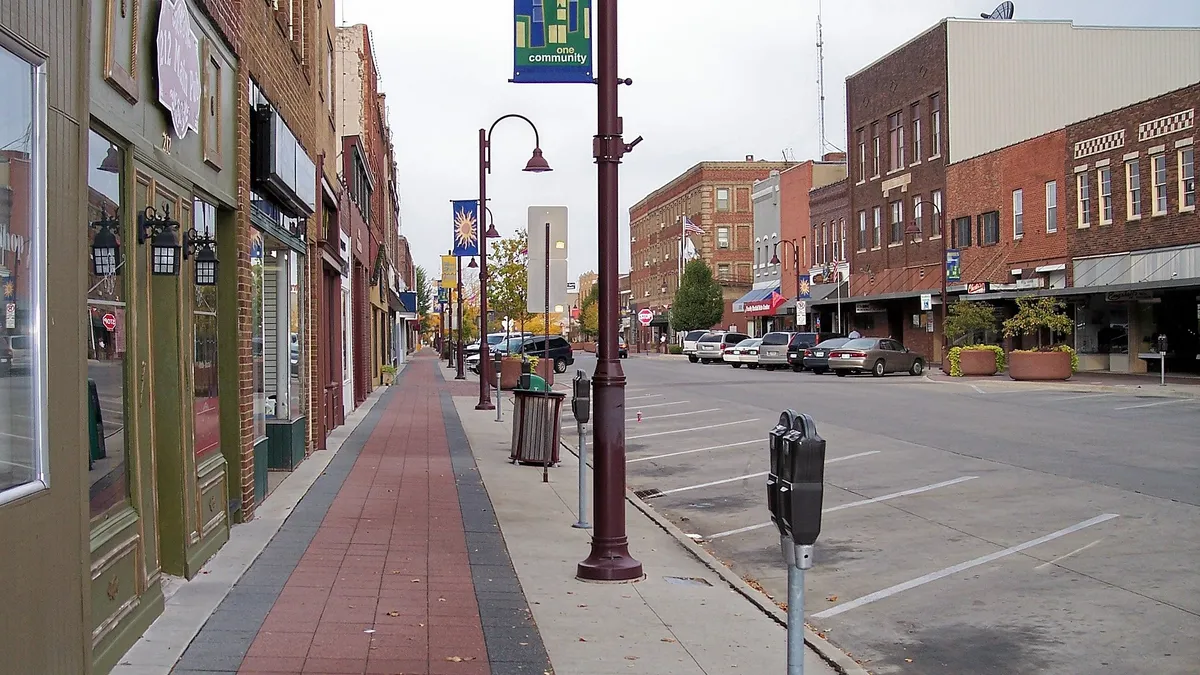Dive Brief:
- Ames, Iowa — the city home to Iowa State University — will host a wireless research site focused on technologies that expand low-cost, high-speed rural broadband, a consortium of partners announced Tuesday.
- The city will house the fourth test bed in the Platforms for Advanced Wireless Research (PAWR) program, funded by the National Science Foundation (NSF) and wireless tech companies, with other partners including nonprofit US Ignite and the U.S. Department of Agriculture's National Institute of Food and Agriculture (NIFA).
- Known as "ARA: Wireless Living Lab for Smart and Connected Rural Communities" (ARA), the research site will extend across the Iowa State University campus as well as the city of Ames and the surrounding farms and rural communities in central Iowa. It will look to research a wide range of wireless technologies in a bid to close the digital divide, with a special focus on precision agriculture on both crop and livestock farms.
Dive Insight:
This PAWR test bed is the fourth this group of partners has launched, following efforts in Salt Lake City, the West Harlem neighborhood of New York City and Wake County, North Carolina. It comes as elected officials continue to search for ways to close the digital divide between urban and rural communities, a divide that has grown during the coronavirus pandemic as jobs, schooling, healthcare and many other everyday functions have become more reliant on internet.
The project will receive $7 million in financial support from NSF, as well as $1 million from NIFA, which looks to consolidate all federally funded agriculture research. Officials involved with this project said they need to find lasting solutions to get more people online in rural areas. To date advocates have suggested that technologies such as 5G and low earth orbit satellites could help.
"Transferring high-speed broadband solutions to rural communities that so badly need them will positively impact businesses, agriculture, healthcare, education, and all aspects of rural life, helping build the local economy," NIFA Director Carrie Castille said in a statement.
The federal government highlighted the yawning digital divide between urban and rural communities last week as the U.S. Department of Commerce's National Telecommunications and Information Administration (NTIA) released a new interactive map showing broadband needs across the country. The map contains data aggregated from the U.S. Census Bureau, the Federal Communications Commission (FCC), M-Lab, Ookla and Microsoft, although given the flaws in the FCC's data, some have questioned the map's value prior to the data collection process getting a revamp.
That map shows spotty broadband coverage throughout Iowa, with even the major population centers like Des Moines showing average speeds lower than the FCC's broadband definition of 25 megabytes per second (Mbps) download speed and 3 Mbps upload speed. Professor Hongwei Zhang, principal investigator for ARA, said the research site will enable research in various wireless and cloud-based technologies and also support efforts to study remote vehicle operations or drones for use in agriculture.
With a slew of wireless-focused companies and other businesses partnering on the project with federal, state and academic involvement, elected officials said they hope it can be a boost to agriculture in particular, a major part of Iowa’s economy.
"This program reflects the importance of developing and utilizing public-private partnerships to spark innovation and expand broadband and precision agriculture capabilities, which will empower our producers to improve efficiency by taking a more targeted approach to farming practices," Rep. Randy Feenstra, R-Iowa, said in the announcement.












